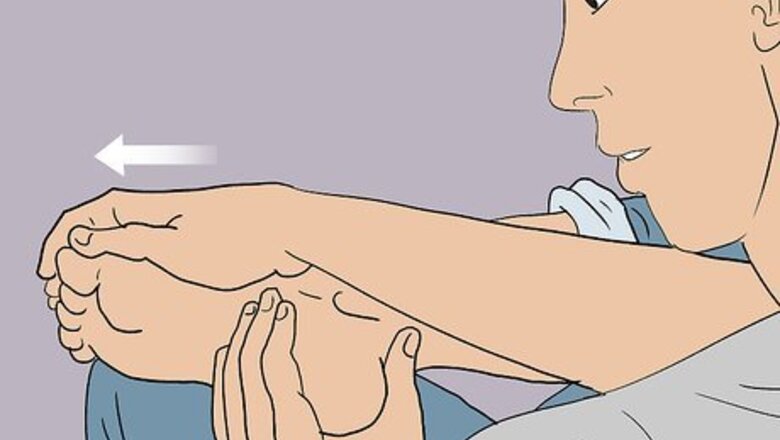
views
How do you stretch the top of your foot?
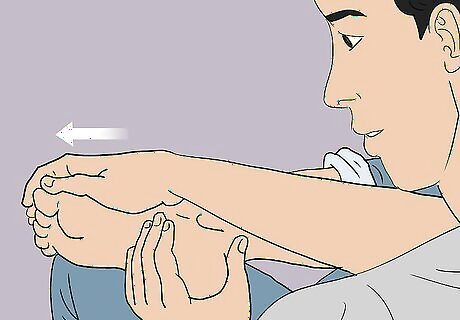
Try a toe flexion stretch. Take a seat in a chair and place the foot you want to stretch across your other knee. Grip your heel with 1 hand to brace your foot, then slowly push your big toe down with your other hand until you feel a stretch along the top of your foot. Hold the stretch for about 15-30 seconds and then release it. You can repeat the exercise 2-4 times to get a good stretch.
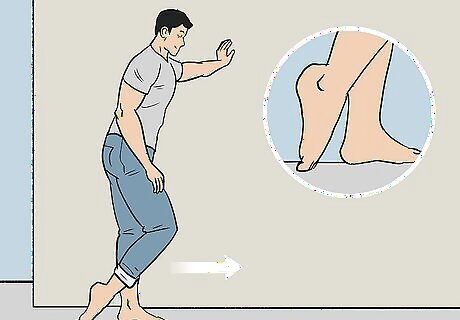
Do a standing foot stretch. Stand holding onto a wall or counter to help yourself balance. Curl the toes of the foot you want to stretch and place the top of your foot on the floor. Slowly bend your knee and lean forward until you feel a stretch on the top of your foot. Hold the stretch for 3-5 seconds and repeat the motion 10-25 times.
Can you sprain the top of your foot?
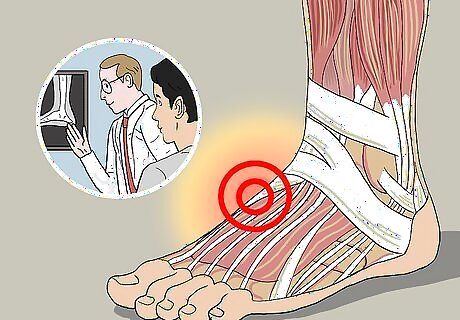
Yes, you can definitely sprain the top of your foot. There are a ton of bones and ligaments in your foot, and if you land awkwardly and stretch or tear a ligament, it can cause a sprain. The classic symptoms of a sprain are pain and tenderness near the arch of your foot, which can also be felt on the sides or top of your foot. If you think you have a foot sprain, visit your doctor to get an x-ray to see how severe it is and what your treatment options are.
How can you tell if you broke the top of your foot?
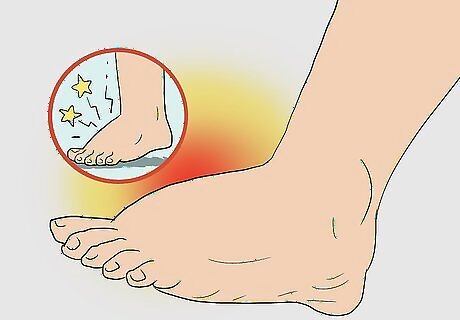
There’s swelling, bruising, or tenderness on the top of your foot. If you broke the top of your foot, your symptoms can vary slightly depending on how severe the damage is. Generally, you’ll have some swelling and bruising on the top of your foot. The area will also be super tender and may hurt more whenever you try to walk on it. If you think you broke your foot, go to a hospital for treatment.
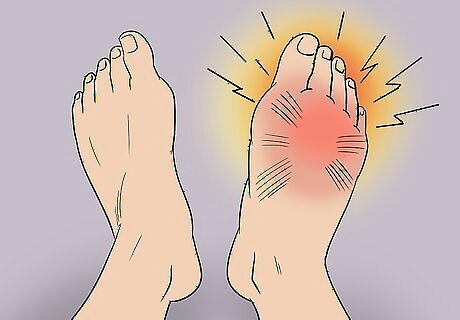
There’s immediate, throbbing pain and your foot looks deformed. A serious broken bone, also known as a fracture, may cause the top of your foot to look deformed or like there’s a bump beneath the skin. You’ll also likely experience super intense pain that feels like your foot is throbbing and prevents you from putting any weight on it. Get to a doctor as soon as possible for medical treatment.
When should you go to the doctor for pain on top of your foot?
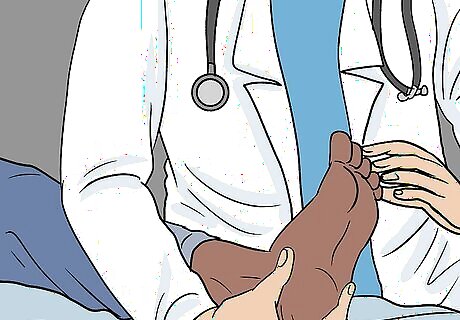
You have severe pain or swelling. Severe pain and swelling is a sign of a possible fracture or serious foot injury. Go to a doctor as soon as you can to have your foot examined to find out what the issue is. Your doctor will be able to prescribe medications and recommend treatments that can help you deal with your foot pain.
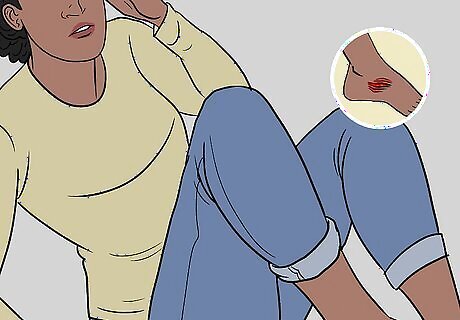
You have an open wound or an infection. If you have an open sore or wound that won’t heal properly, it could be a sign of a serious injury or an underlying medical condition. Additionally, if there’s redness, oozing pus, or you have a fever over 100 F (37.8 C), it could be a sign of infection, which needs prompt medical attention. Seriously, infections aren’t anything to play around with. They could lead to other serious problems, so get to a doctor quickly.
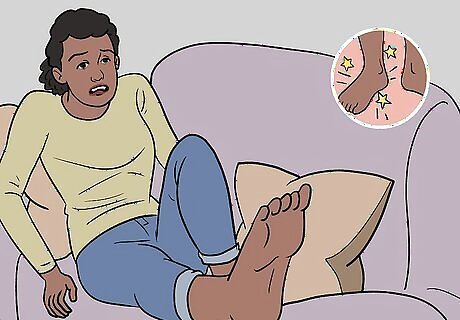
You’re unable to walk or put any weight on your foot. Difficulty walking or standing on your foot could be a sign of an underlying medical condition or a hidden injury. Even if your foot looks fine or you don’t recall hurting it, if you can’t walk on it, you need to go see a doctor. They’ll be able to examine it and run tests to find out what the problem is.
What causes pain on top of your foot?
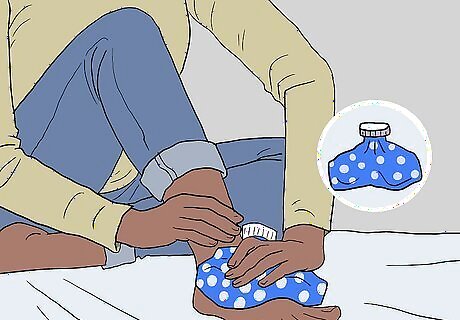
It could be a strain, sprain, or fracture. Usually, mild to moderate pain will clear up after a few weeks. A doctor will likely recommend that you rest your foot, ice it for 20 minutes at a time every 2-3 hours, and take some OTC pain meds. However, if the pain is so severe that you can’t walk or it doesn’t improve after 2 weeks, see your doctor. They’ll be able to run tests and get to the bottom of it.
How do I know if I have extensor tendonitis?
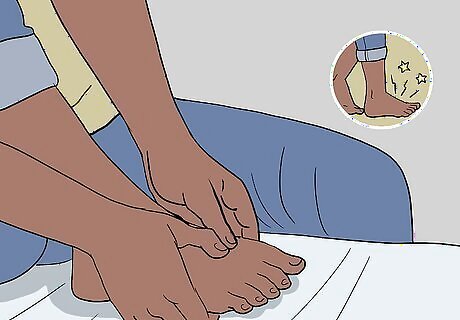
You have pain and swelling that gets worse when you’re active. The tendons that run along the top of your foot can become inflamed and painful. When that happens, it becomes a medical condition known as extensor tendonitis. If you have extensor tendonitis, your foot may start to feel better when you rest it but will start hurting you again when you’re active and walking around. See your doctor so they can examine your foot and run some tests to find out what the problem is.




















Comments
0 comment